Scientist of the Day - Louis Haghe
Louis Haghe, an artist and lithographer, was born Mar. 17, 1806, in Tournai in Belgium. Haghe grew up and matured along with the art of lithography, which had been invented by Alois Senefelder in 1796 and was starting to be used for book illustration about 1820, just before Haghe moved to England and began to practice as a lithographer. In 1830, along with William Day, he set up his own firm, Day and Haghe, and it was soon one of the premier lithographic firms in England. Much of their production were single-sheet prints of landscapes and hunts, intended for individual purchase, not the kind of thing we have here in our library, but Haghe also did book illustration, and I thought that today we might show you some of the lithographs that he executed for The Geology of Russia in Europe and the Ural Mountains (1845), a large two-volume quarto publication written by the gentleman geologist Roderick Murchison, along with a Frenchman, Edouard de Verneuil, and a Russian, Alexander von Keyserling, a book that we have in our collections. The publication information in our catalog record makes no mention of Haghe, but if you look at the stunning lithograph plates, there he is, his name on every one.
We did a post once on Keyserling, the Russian officer who was assigned the task of looking after Murchison and Verneuil when they were on Russian soil. In that post, we showed five of Haghe's lithographs, but I am not going to provide the link until we have looked at four new and different lithographs that we have selected for today's post. The frontispiece of the book shows an outcropping in the Ural Mountains: we see the entire plate in our first image and a detail of the bottom left section of rocks in the second one. In the detail, you can see why lithographs are so perfect for geological illustration, with the grain of the lithographic stone providing the perfect texture for a slab of stone - and doing a pretty good job with spruce bark and branches as well. Just below the image you can see the artists’ attribution: "R. Murchison Esq. del. L. Haghe litho." – “"Roderick Murchison Esquire drew this, Louis Haghe lithographed it".
The other Haghe lithographs that we selected from The Geology of Russia show "Geologists descending the River Issetz” (third image, above), a detail of a plate showing the "Gorge of the River Tchussovaya" (fourth image, just above), and a detail of a "View in the Steppes," with a horse-drawn tarantass in the foreground (fifth image, below). Most of these lithographs are tinted, meaning that in addition to the stone with the crayon artwork, printed in black, there are one or two other stones that have been used to add tone, usually with a variety of sepia or brown inks. It makes them look like color lithographs, although in truth they are just black and white with sepia and brown highlights. You may see five more lithographs by Haghe at our post on Keyserling, including my favorite, an encampment of Bashkirs with their two yurts, one on wheels (these are the first two images at the link).
Haghe executed the lithographs for a much more famous Victorian illustrated series that we do not have in our Library, but we must mention it and show you one plate, since it is a truly magnificent collection. Haghe lithographed a series of plates for David Roberts, a Scotsman who had sketched his way across Egypt and the Holy Land in the 1830s. Roberts and Haghe began issuing their plates by subscription in 1842, and the plates were later gathered up and published under two titles: The Holy Land (1842-49), and Egypt & Nubia (1846-49). We show here, from the latter work, Haghe's lithograph of the temple at Edfu on the upper Nile. We found this image in the collection of the Royal Academy in London; you may peruse some of their other Roberts/Haghe lithographs at this webpage.
In later life, Haghe spent most of his time painting, and he turned the lithographic business over to Day and his sons. In 1923, the firm of Day & Son issued some kind of a centennial pamphlet that I have never seen, but it contains a photograph of their co-founder, Louis Haghe, and the photo has found its way into Wikimedia commons (last image, below). It is the only photograph I have been able to find of Haghe, but given the source, we assume it is a trustworthy likeness. It is unfortunate that Thomas Herbert Maguire, the great lithographic portrait artist of mid-century, and who sketched and lithographed a portrait of Roderick Murchison (as well as Charles Darwin, Charles Lyell, and a host of other scientists), never turned his talents to recording the features of that other great Victorian lithographer, Louis Haghe.
Dr. William B. Ashworth, Jr., Consultant for the History of Science, Linda Hall Library and Associate Professor emeritus, Department of History, University of Missouri-Kansas City. Comments or corrections are welcome; please direct to ashworthw@umkc.edu.

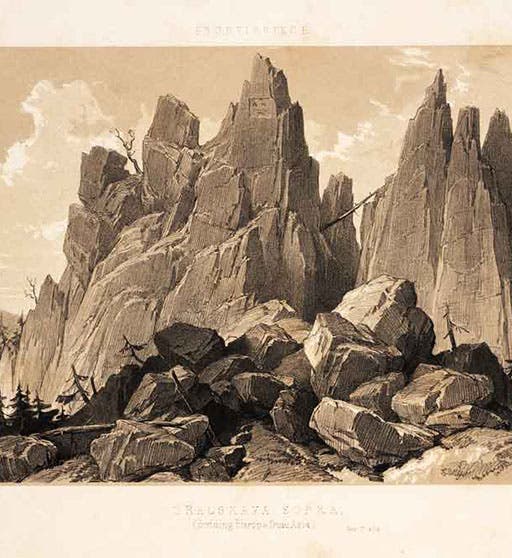
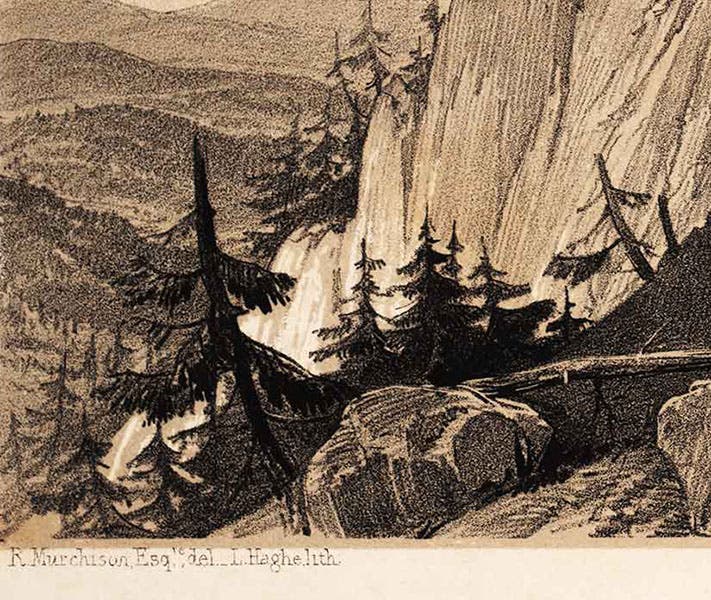


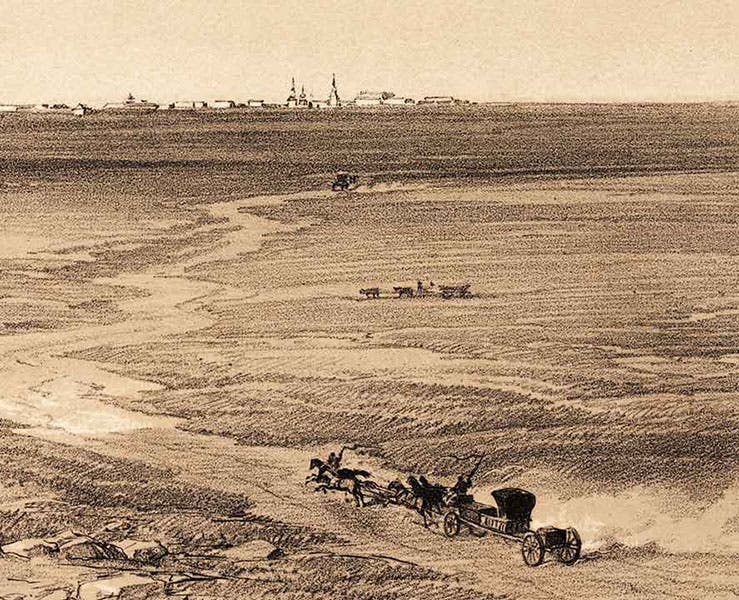
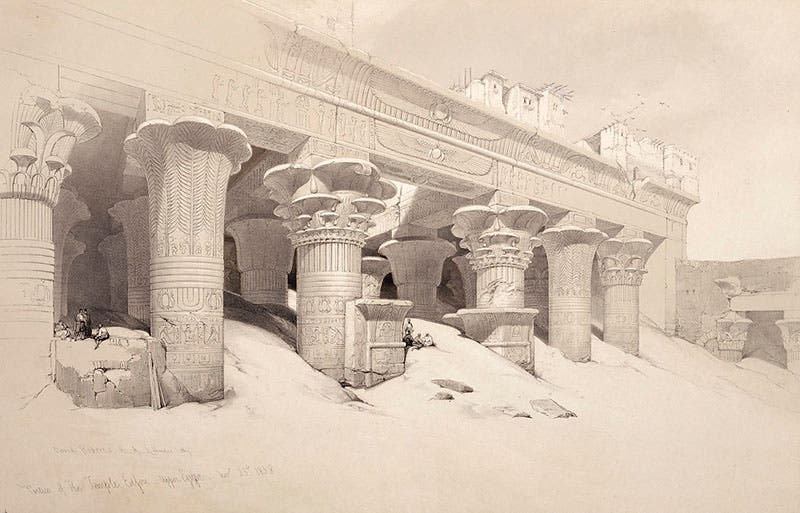
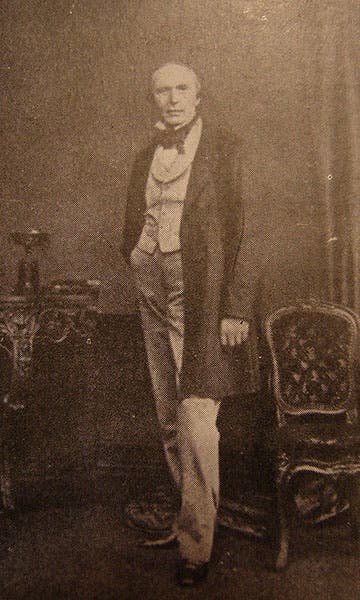

![“Aurora Borealis,” hand-colored wood engraving by Josiah Wood Whymper, [Natural Phenomena], plate 2, 1846 (Linda Hall Library)](https://assets-us-01.kc-usercontent.com:443/9dd25524-761a-000d-d79f-86a5086d4774/0245ffcb-b70c-477c-8792-0a73ebd54eb2/Whymper%2011.jpg?w=210&h=210&auto=format&fit=crop)


